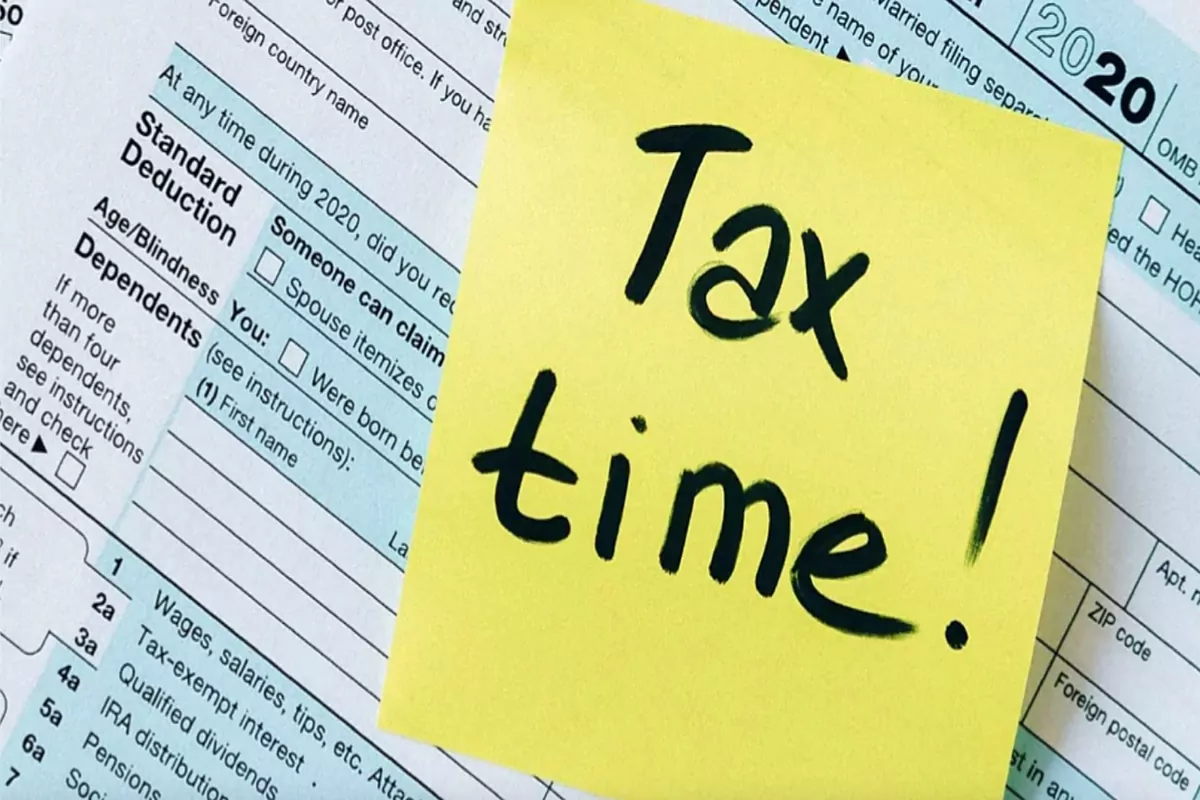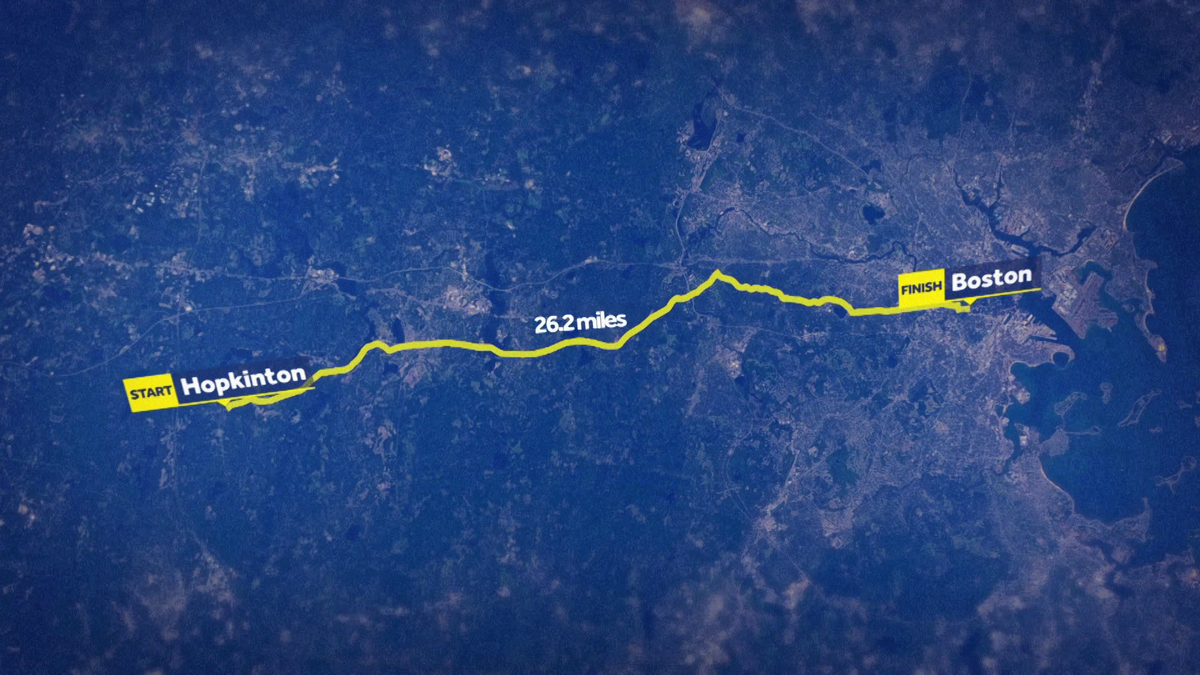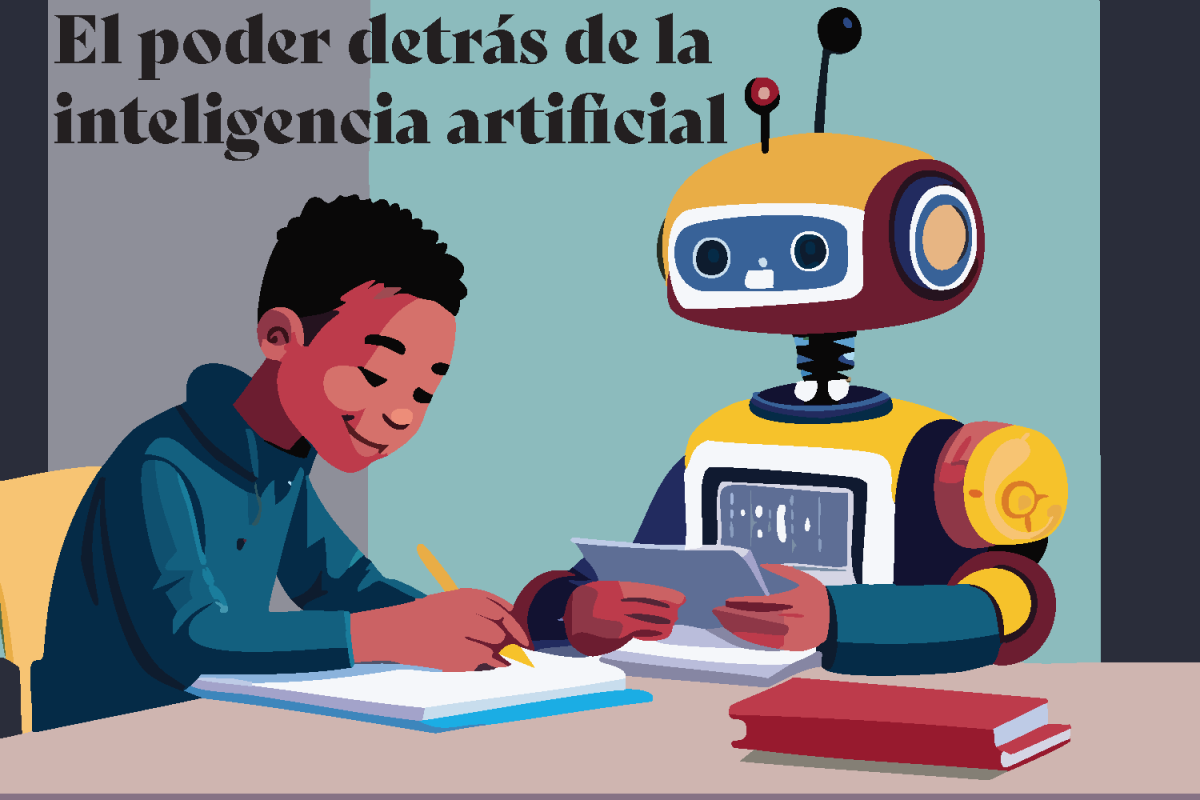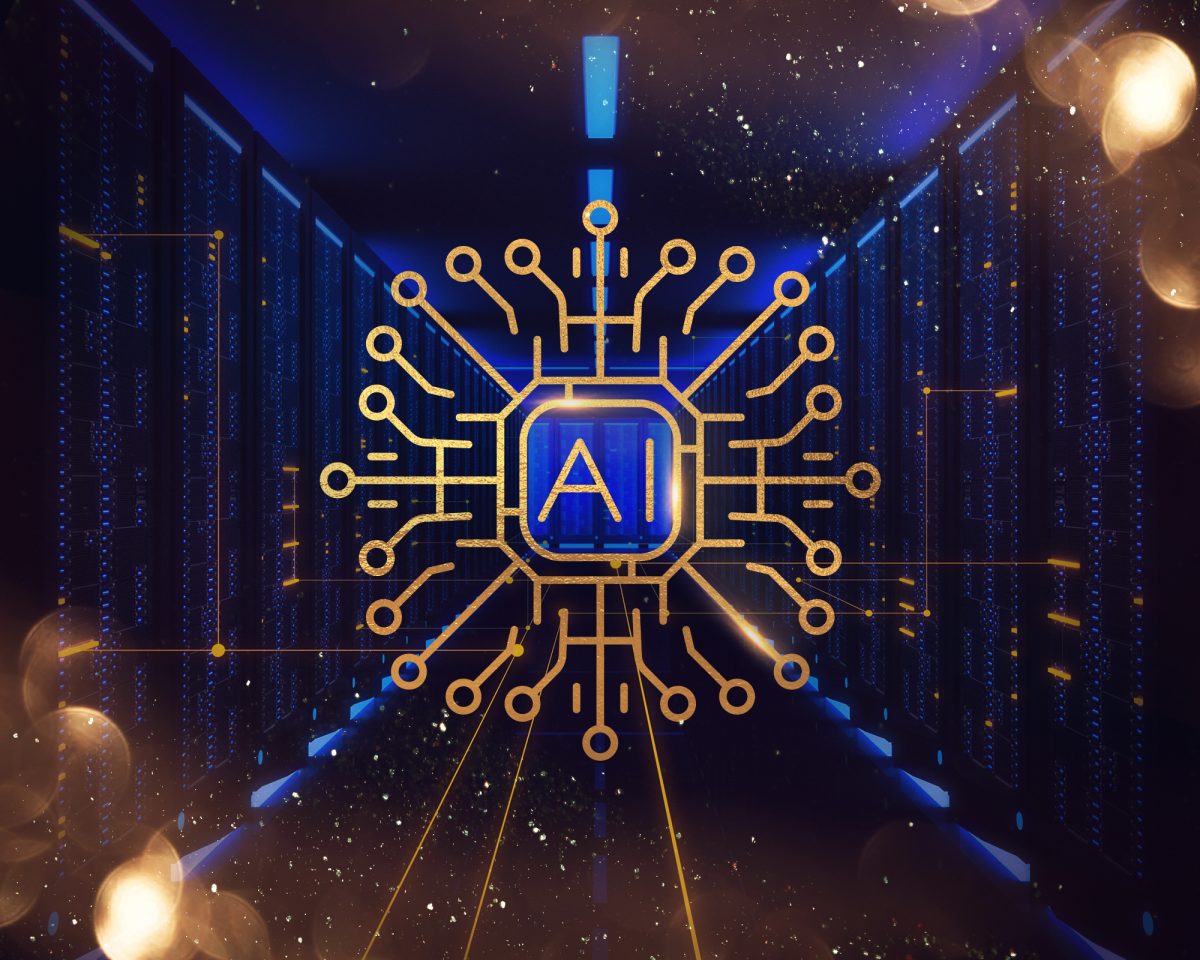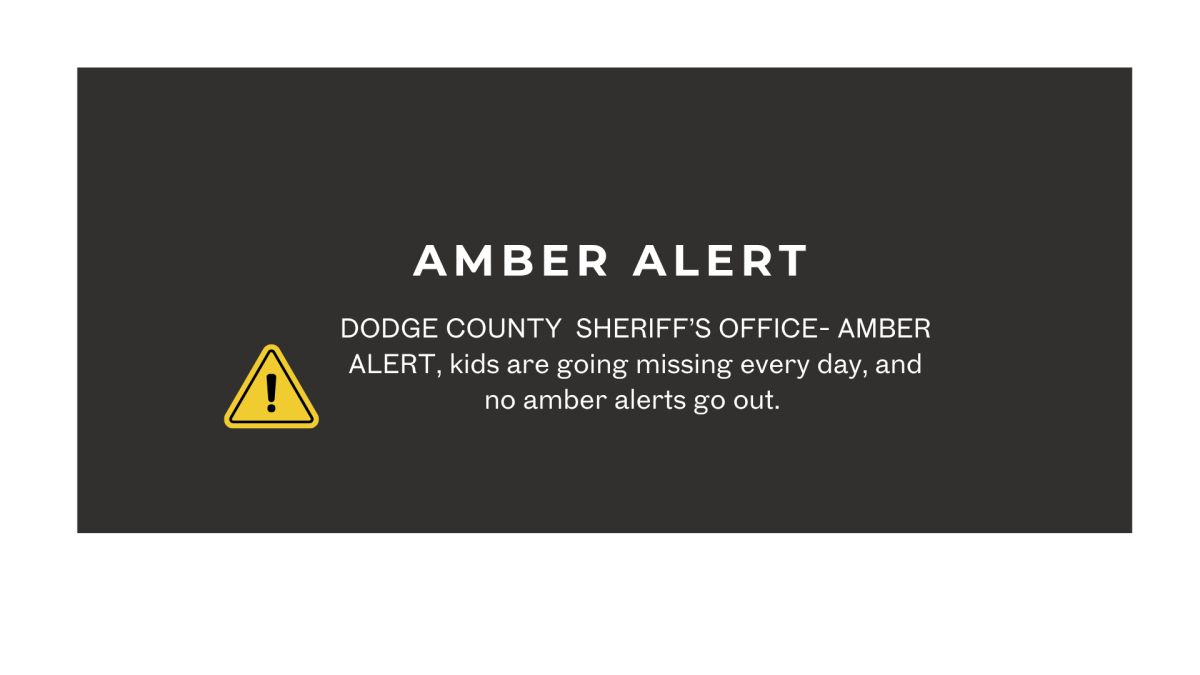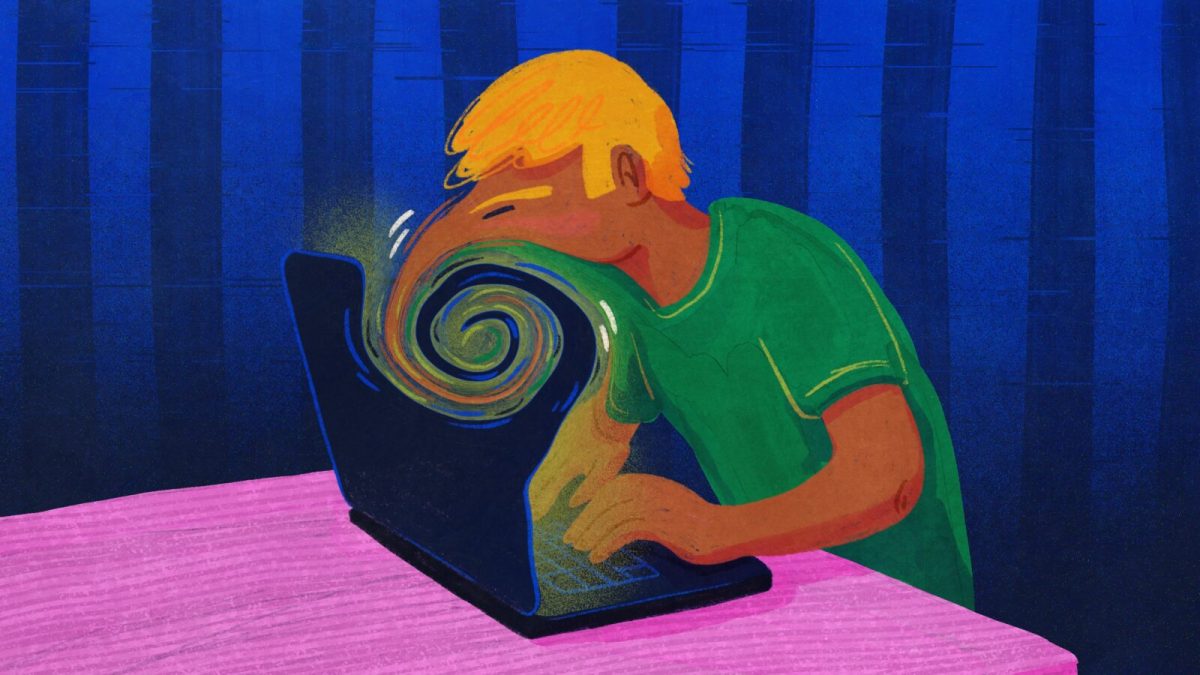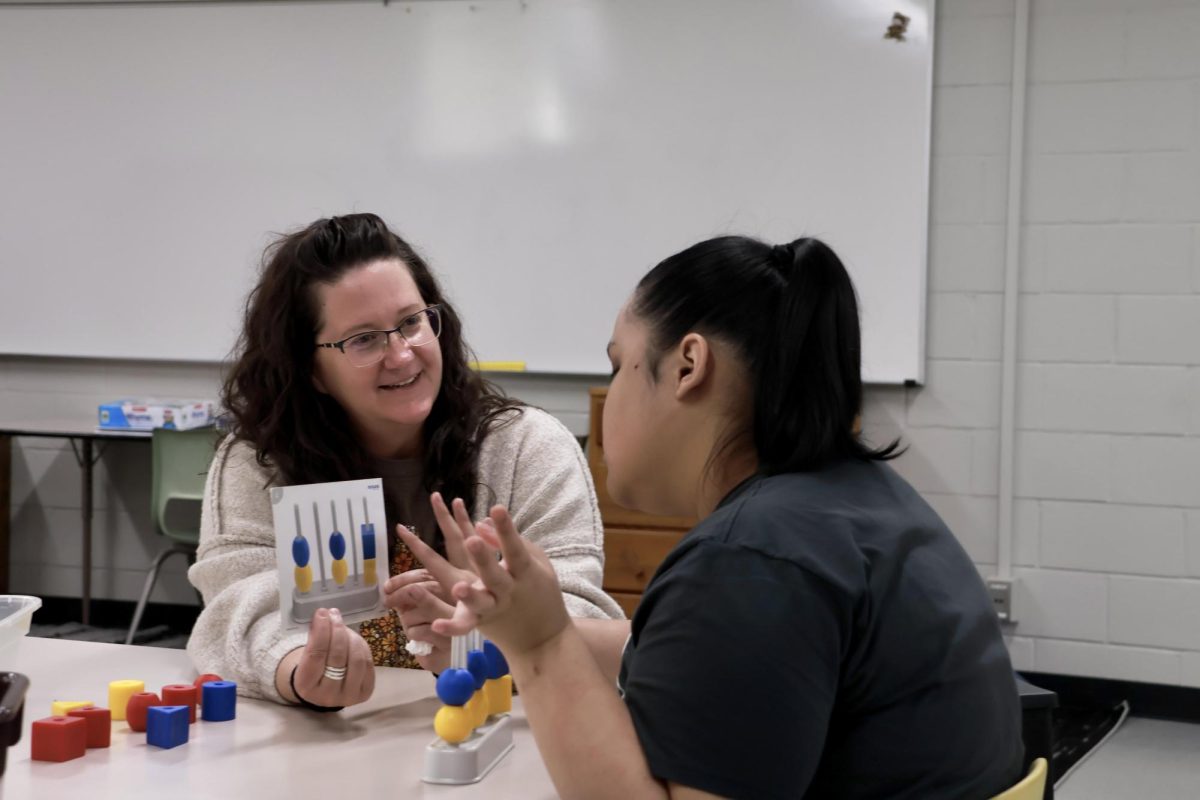Artificial Intelligence (AI) has been with us our entire school lives whether we’ve known it or not: spell check, search engines, online shopping and music apps like Spotify. Ever since COVID-19, students take their laptops everywhere and use them every day, not knowing the full potential of AI.
With apps like Photomath or writing assistant apps like ChatGPT and Grammarly being easily accessible, have we ever had any actual formal education on what AI is and how to correctly use AI-powered technology?
Yes, AI has a dark side. Students have been using AI as a means to avoid work and to cheat, which only tarnishes work ethic if they rely on it too often. They believe that AI can write anything and everything for them, so why would they need to even try or apply themselves? Instead of relying on themselves, they end up depending on the AI to do it for them instead of developing academic skills, which is why FPS and the education system need to implement a curriculum centered around AI. Students should learn what AI is, how it was created, what’s considered AI, and most importantly, how to use it in an ethical way.
Many teachers currently view AI as a way to cheat. In fact, the English department updated their academic dishonesty and plagiarism policy (updated April 24 of last year) to include the phrase, “using any AI platform to compose or create, in part or as a whole, the words, sentences, and/or paragraphs of any given assignment.” Yet, are teachers taking the time to show students how to use AI property? Or are they going to ignore the giant AI elephant in the room? Do teachers even know what is considered AI and what isn’t? Do teachers even know how AI can be used as an educational tool in the classroom?
Whether they knew it or not, teachers have been using AI-powered technology for decades. For instance, PowerSchool, a grading software and app, uses AI to calculate grades. The high school also utilizes the Raptor Visitor Management System which uses AI to help keep track of visitors and keep the school safe. Even Dana Fontaine, the FHS media specialist, has provided demonstrations on how teachers can use AI to generate lesson plans. It can make recommendations for teachers to meet student with learning disabilities or various needs or be used as a tool to tutor students in specific subject areas.
At one point hand-held calculators were seen as the cutting edge of technology, especially in math classes. When calculators were readily available, most schools didn’t allow them in the classroom. Yet today, calculators are an essential part of classrooms, especially in most math classes like Calculus and in science classes like Physics and Chemistry. It wasn’t until the mid 1970s that the National Advisory Committee on Mathematical Education (NACOME) advised that kids in eighth grade and above can use calculators in school. Eventually, it wasn’t until 1994 that the SAT allowed calculators to be used during the math section of the test. The ACT followed suit in 1996.
If the education system takes a similar approach to AI like it did with the calculator, it would be a miscalculated mistake. Instead of being hesitant to accept a new tool for educational purposes, the FPS district and the educational system should take a proactive approach to AI. With the inclusion of the calculator in the classroom, the math curriculum evolved, allowing students to learn more complex and advanced mathematical concepts. If AI is truly accepted in the educational setting, who know what amazing concepts and learning opportunities can be unlocked.
Because AI is even more prominent in the world now than ever before, especially in school, the education system should introduce a class to educate students about AI, such as what AI is and how to ethically use AI. Right now many students do not know how to use AI properly. AI could generate possible topic ideas or help students organize their thoughts by creating an outline. When students are finished with their essay or papery, they can even paste their writing into ChatGPT to ask for edits, feedback and suggestions to improve their work. AI is a tool. We should be taught how to use AI in helpful manner.
I have always been horrible at spelling. Spell check, which is actually a form of AI, has been a tool in helping me proofread and improve my writing — but not just for me. Students (and even teachers) rely on spell check every day when it comes to writing papers, essays and emails. Without this AI-powered technology, how many students and adults would be struggling? With the introduction of the calculator, the education system took forever to embrace it. This happened with type writers and computers. Now it might happen with AI. The education system needs to embrace this new technology in order to help students see their full potential.



